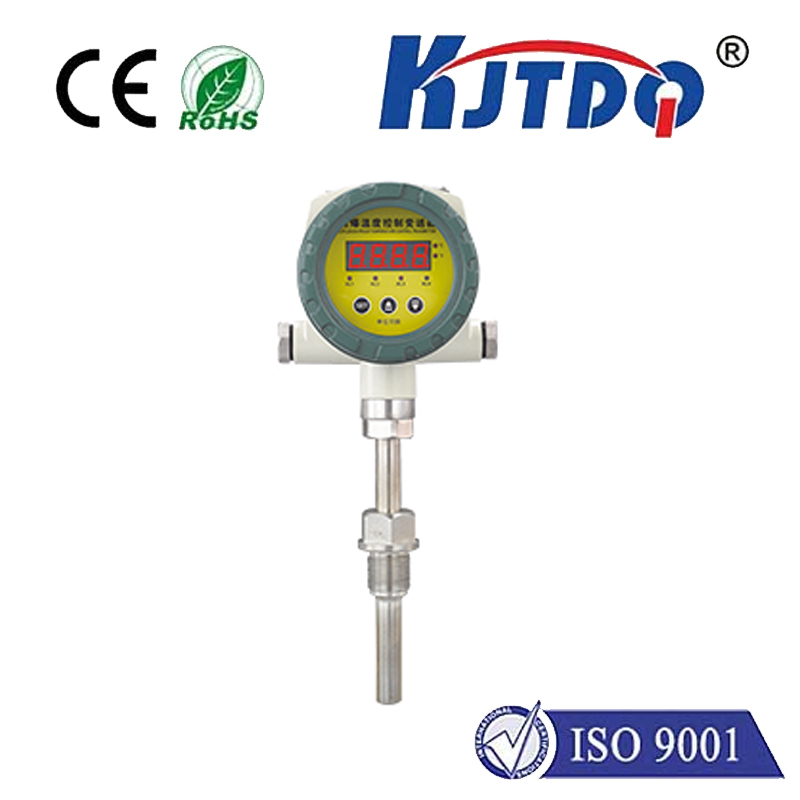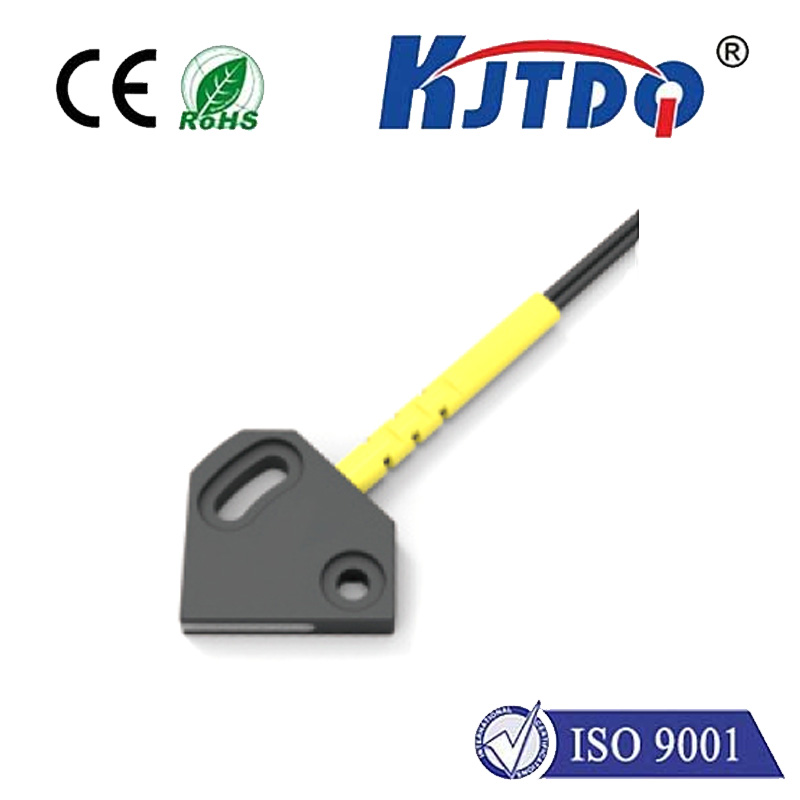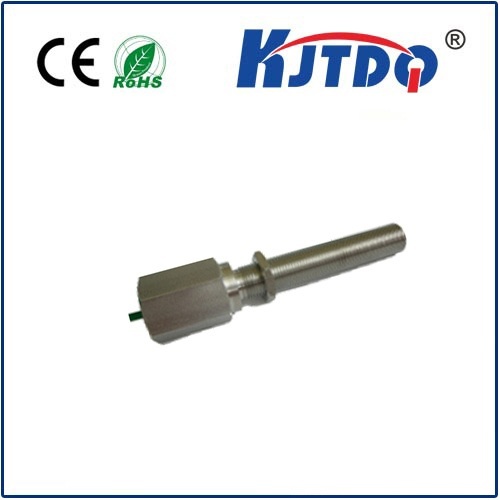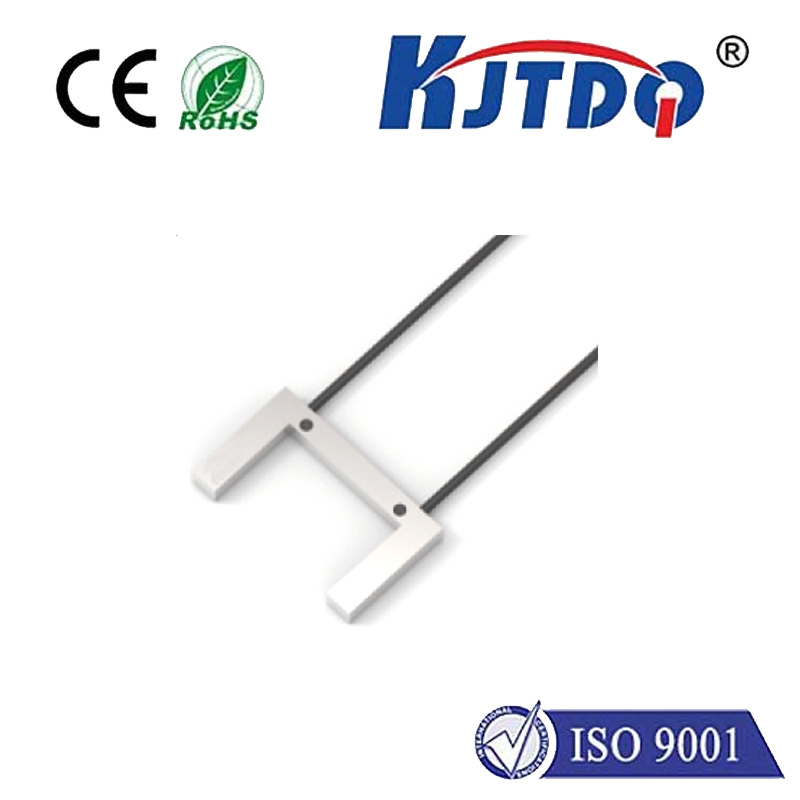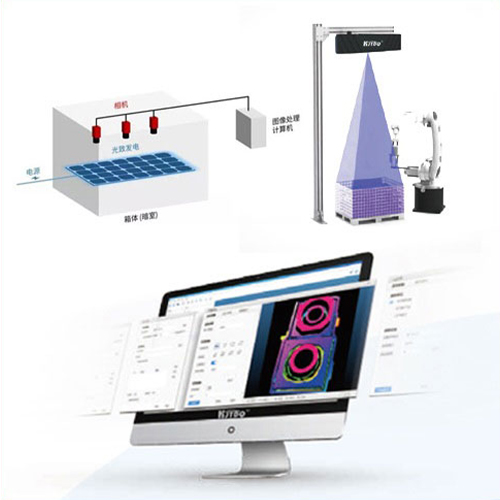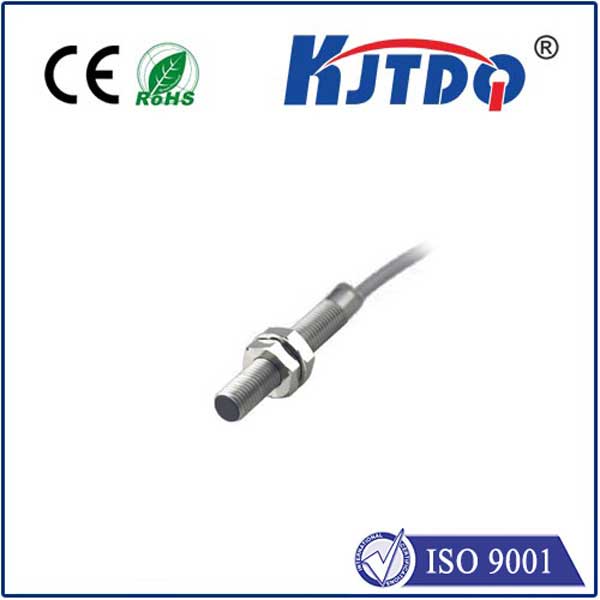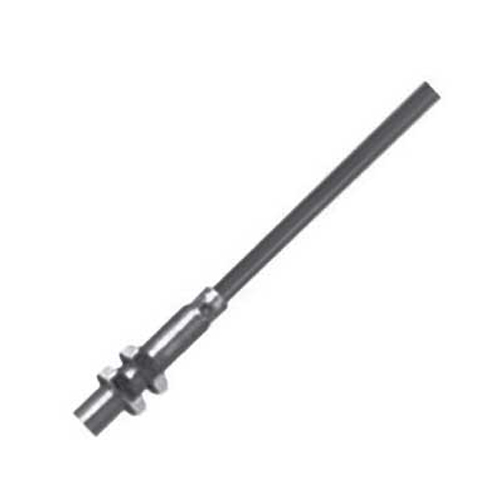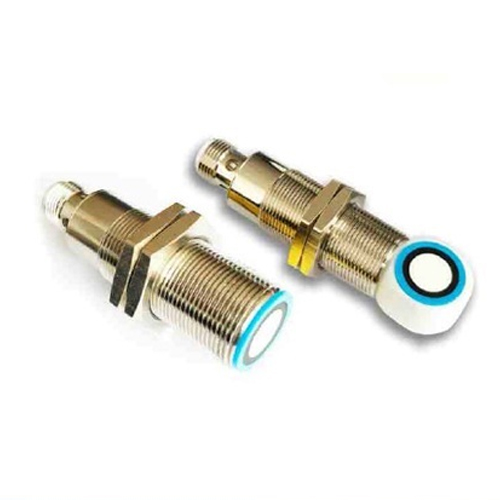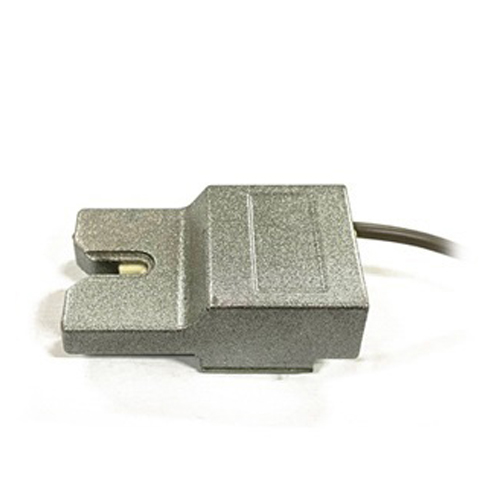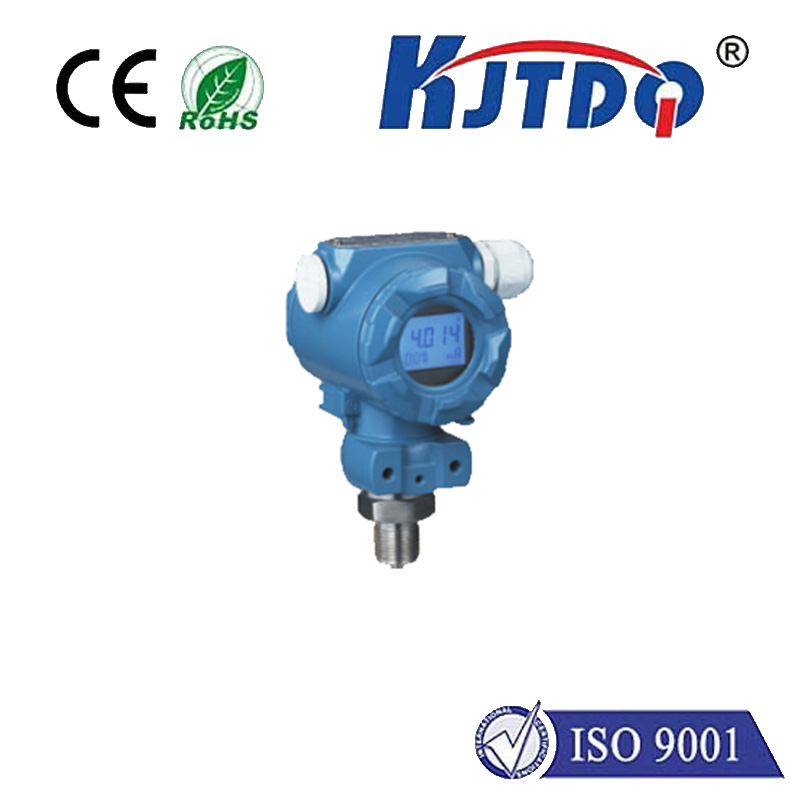

check

check

check

check

check

check

check

check

check

check
Laser Dust Detector: Revolutionizing Air Quality Monitoring
The air we breathe is an essential component of our health and well-being. However, with the increasing industrialization and urbanization, the quality of air has been compromised, posing severe threats to human health. In response, scientists have developed advanced technology to monitor and control air pollution effectively. One such breakthrough is the laser dust detector.
A laser dust detector is a sophisticated device that utilizes laser technology to detect and measure airborne particles accurately. The device works on the principle of light scattering, wherein a laser beam is directed towards the air sample, and the scattered light is detected by a sensor. The data collected is then analyzed to determine the concentration and size distribution of the particles in the air.

The laser dust detector offers several advantages over traditional methods of air quality monitoring. Firstly, it provides real-time monitoring, allowing for immediate action in case of any abnormality. Secondly, it is highly sensitive and accurate, capable of detecting even the smallest particles that are often missed by other methods. Thirdly, it is non-invasive and does not require any chemical reagents or harmful substances, making it environmentally friendly.
In addition to its technical superiority, the laser dust detector has numerous applications across various industries. In the manufacturing sector, it can help identify sources of contamination during production processes, ensuring product quality and worker safety. In the construction industry, it can monitor dust levels at job sites, reducing exposure risks for workers and complying with regulatory standards. In the healthcare industry, it can improve indoor air quality in hospitals and clinics, protecting patients and staff from potential infections.
Furthermore, the laser dust detector can also benefit residential areas by providing valuable insights into local air quality. By using this technology, homeowners can take proactive measures to improve indoor air quality, such as investing in air purifiers or implementing proper ventilation systems. This not only enhances their living experience but also promotes overall health and wellness.
Despite its numerous benefits, the implementation of laser dust detectors faces some challenges. One significant challenge is the high cost associated with purchasing and maintaining these devices. Another challenge is the need for specialized training and expertise to operate and interpret the data accurately. Additionally, there may be regulatory barriers or lack of awareness among stakeholders regarding the availability and effectiveness of this technology.
To overcome these challenges, collaboration between government agencies, industry leaders, and research institutions is crucial. Funding and subsidies can be provided to make the technology more accessible and affordable. Educational programs can be initiated to train professionals in operating and interpreting the data from these devices. Advocacy efforts can also raise awareness about the importance of air quality monitoring and the role of laser dust detectors in achieving this goal.
In conclusion, the laser dust detector represents a significant advancement in air quality monitoring technology. Its ability to provide accurate and real-time data on airborne particles makes it an invaluable tool for various applications ranging from industrial processes to residential settings. While challenges exist, concerted efforts from all stakeholders can help overcome them and pave the way for wider adoption of this revolutionary technology.
